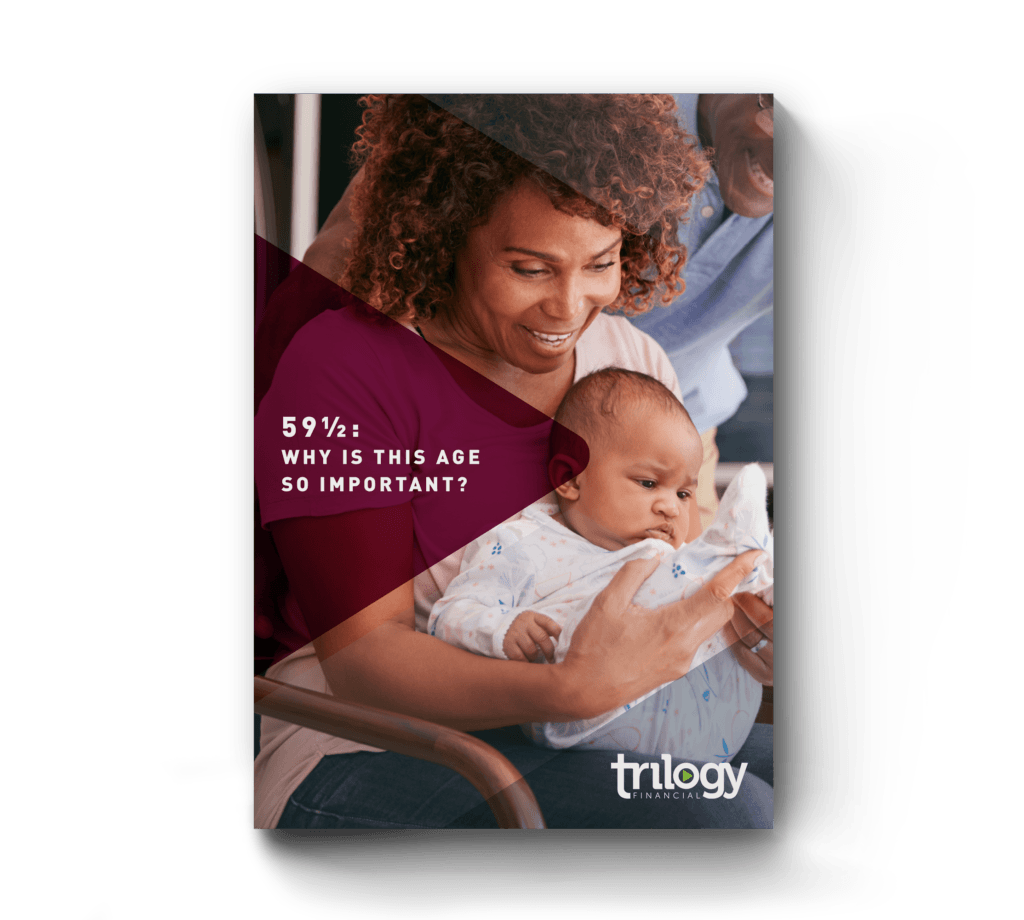Not all goals are equal in their achievability. In fact, 92% of people don’t reach the goals they set.1 While goals can be difficult to achieve, they’re not impossible. However, the best way to set yourself up for success is to set meaningful goals.
A meaningful goal sets itself apart from a standard goal in three main ways.
- It’s Specific and Measurable
The more specific your goal, the more likely you are to reach it. According to one study, setting specific goals led to a higher performance 90% of the time.2 The reason for this is fairly simple: the clearer the path, the easier it is to follow it to the final destination.
I hear so many people tell me their goal is to save more, spend less, or build a retirement fund. The problem with these goals is that they lack specificity. Saving more could mean saving $10 per month or $1,000 per month. You can’t track your progress or know if you’re on track toward your goal if you haven’t specified it and you can’t measure your progress.
One of the first things I tell clients is to make their goals as specific as possible. For example, instead of “build a retirement fund,” you can specify it to “build a retirement fund of $100,000.” Finally, make it measurable—”build a retirement fund of $100,000 by age 45.”
- It’s Relevant to Your Life
A goal is only meaningful if you’re passionate about it. Those who meet their goals do so not just because they’re hard workers, but because they are passionate about what they want to achieve. Their goals reflect their values and interests, rather than being random or something they think they’re supposed to achieve in life.
For example, some clients tell me they want to build their savings account because they’ve been told that’s what they should do. While true, you likely won’t feel very inspired to save more if you don’t have a reason for it that makes sense for your life.
I tell these clients to think of what having a savings account would mean for them. Would they feel they could sleep better at night? Would a savings account mean they could go on an annual family vacation? If they build a savings account up to a certain amount, could they finally upgrade their unreliable and problematic car?
Whatever your goal, you should be passionate about it and it should be relevant to your life, not what you think you’re supposed to achieve.
- Frame it Positively
We’ve all heard about the power of positive thinking, and it translates to your goals, too. We are much more likely to work toward something we want to achieve or do rather than what we want to stop doing or don’t want.
For example, rather than a goal of “stop overspending” or “spend $200 less each month,” frame it in a positive light: “spend more mindfully” or “save $200 each month.” This can help you view saving as a good thing you’re supposed to do, rather than spending as a treat that you no longer should do. It’s easy to reverse any goal, so there’s no excuse not to!
Don’t Go it Alone
The process of setting a goal is just as important as the process of working towards it. Think of your goal as the frame of a house. You can’t build a stable home without the proper foundation and a clear blueprint.
If you’re struggling to achieve your goals or aren’t sure how to set ones that are meaningful, an advisor can help. As an independent financial advisor, my mission is to make a meaningful impact on the lives of my clients and the people they love. I help families make informed decisions with their money and pursue a strong financial future, from setting meaningful goals to guiding them along the path toward the finish line.
Contact me for a no-strings-attached meeting to discuss your goals, how to make them meaningful, and what strategies can help you pursue them. Call my office at (949) 221-8105 x 2128, or email me at michael.loo@lpl.com.


